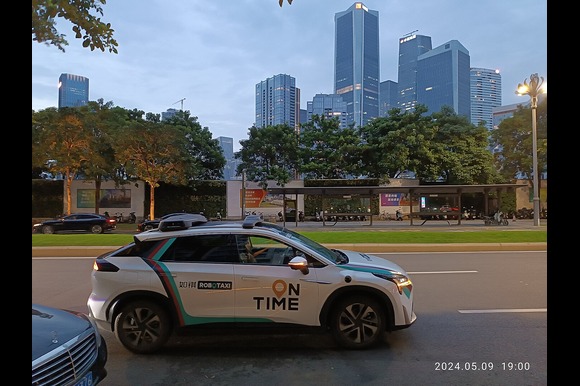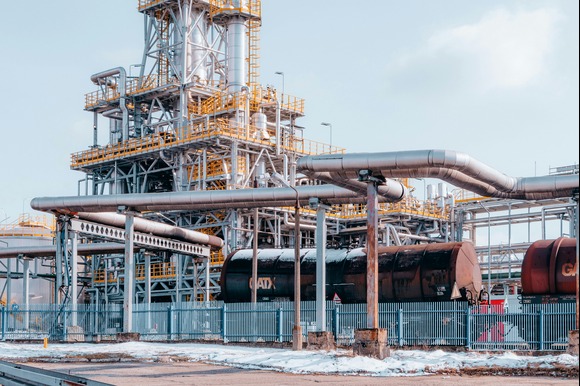
By LAUDM Hausdb RIWAMo - Wikipedia
The U.S. National Highway Traffic Safety Administration (NHTSA) has reached out to Tesla following the emergence of social media videos that appear to show its newly launched driverless vehicles violating traffic laws.
Tesla’s long-anticipated robotaxis—touted by CEO Elon Musk as key to the company’s future—hit public roads for the first time on Sunday in Austin, Texas. Despite the significance of the launch, the event was relatively low-profile, with only a small group of invited shareholders, influencers, and analysts participating in paid test rides.
Footage posted online appears to show several of the fully autonomous vehicles, which were operating with a safety driver in the passenger seat, performing erratically during real-world driving conditions. One widely circulated video captures a robotaxi coming to a sudden halt near a parked police car, while other clips, according to TechCrunch, reportedly show vehicles speeding and veering into the wrong lane.
In response, the NHTSA said in a statement it was “aware of the referenced incidents and is in contact with the manufacturer to gather additional information.” The agency added that it does not “pre-approve new technologies or vehicle systems,” but instead relies on automakers to certify that their vehicles comply with federal safety standards. It also monitors and investigates any incidents potentially related to safety defects.
Despite the subdued nature of Sunday’s launch, Musk praised the milestone, calling it the “culmination of a decade of hard work” by Tesla’s AI and chip design teams in a post on X (formerly Twitter).
Tesla’s robotaxi rollout remains limited for now, with only 12 vehicles operating under strict constraints. The company said the cars won’t drive in poor weather, attempt complex intersections, or accept passengers under the age of 18.
Still, the early trial run has raised safety concerns and highlighted the steep road Tesla faces in catching up with industry leaders in the autonomous vehicle sector. Waymo, owned by Google parent Alphabet, and Amazon-backed Zoox have already deployed driverless taxi services in Austin, as well as San Francisco, California, and Phoenix, Arizona.
Outside the U.S., autonomous vehicles have collectively logged millions of miles on public roads in places such as China, the United Arab Emirates, and Singapore. However, whether these driverless systems are safer than human drivers remains under active investigation.
Tesla’s approach differs significantly from its competitors. Unlike Waymo and Zoox, which rely on a combination of radar, lidar, and other external sensors, Tesla’s system depends solely on in-car cameras powered by its proprietary neural network.
The company believes its vision-based technology will eventually be more cost-effective and thus more appealing to consumers. However, safety experts and regulators have raised concerns over whether the camera-only approach is robust enough to handle complex driving scenarios without compromising safety.
As the NHTSA continues its inquiry, the incident underscores the challenges and scrutiny that come with deploying fully autonomous vehicles on public roads, especially in an environment where technology is rapidly evolving but regulation is still catching up.




